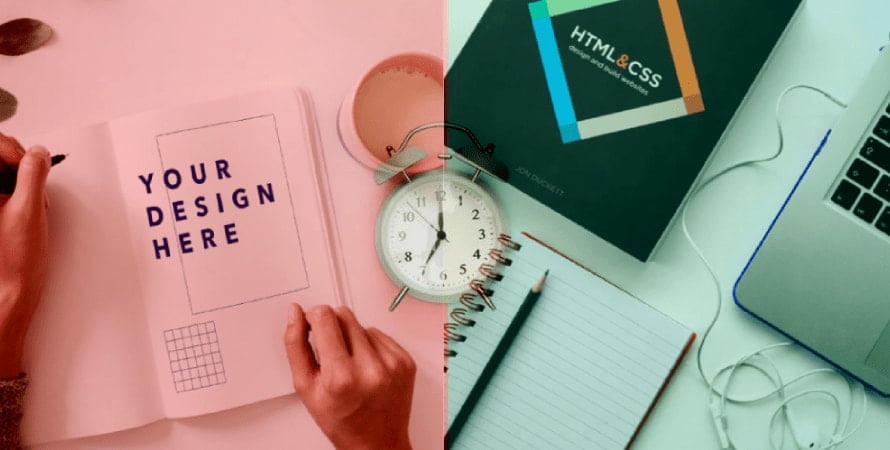Agencia 92: Your Source for Trending News
Stay updated with the latest insights and stories that matter.
Designing Delight: How Web Graphics Can Make or Break User Experience
Unlock the secret to captivating web graphics that elevate user experience and keep visitors coming back for more!
The Power of Visual Elements: Enhancing User Engagement Through Web Graphics
In today's digital world, the power of visual elements cannot be overstated. Graphics, images, and videos play a crucial role in capturing the attention of users and enhancing their overall experience on a website. Studies have shown that web pages featuring visual content receive 94% more views than those without. By incorporating engaging graphics, such as infographics and interactive visuals, website owners can significantly improve user engagement and retention rates, leading to better conversion outcomes. Moreover, visuals can help to simplify complex information and make it more digestible, allowing users to grasp key messages quickly.
Implementing effective visual strategies not only boosts user interaction but also optimizes a site for SEO. Search engines prioritize websites that provide a rich user experience, and well-placed graphics can enhance this experience. To maximize the impact of visual elements, consider the following tips:
- Use high-quality images that reflect your brand's identity.
- Incorporate infographics to present data in an accessible format.
- Ensure that your visual content is optimized for speed and mobile responsiveness.

Common Web Graphic Mistakes That Ruin User Experience
When it comes to web design, common graphic mistakes can significantly impact user experience. One of the most prevalent issues is using low-quality images. Blurry or pixelated visuals can make a site look unprofessional, causing visitors to question the credibility of your content. In addition, neglecting proper image optimization can lead to slow loading times, deterring users from staying on your page. It's crucial to ensure that all graphics are high-resolution and optimized for web use, keeping loading times fast and user engagement high.
Another frequent pitfall occurs with cluttered layouts. Overloading a web page with too many graphics, fonts, or colors can overwhelm visitors, making it difficult for them to focus on the key message. A clean, organized layout, on the other hand, enhances readability and navigability. Using white space effectively can create a more pleasant browsing experience. To avoid this mistake, prioritize balance and simplicity in your design, allowing your graphics to complement your content rather than compete with it.
How to Choose the Right Graphics to Improve Your Website's Usability
When it comes to enhancing your website's usability, choosing the right graphics is crucial. First, consider the purpose of the visuals you plan to include. Are they meant to convey information, evoke emotions, or guide users through specific processes? A well-placed infographic or diagram can help simplify complex ideas and make navigation more intuitive. Additionally, using consistent colors and styles across all graphics helps create a seamless experience for visitors and reinforces your brand identity.
Next, ensure that your graphics are optimized for both performance and accessibility. Large image files can slow down your website, negatively impacting usability and user experience. Consider using formats like SVG for logos and icons, which are scalable without losing quality, or compressing larger images to reduce load times. Moreover, don’t forget about users with visual impairments; provide descriptive alt text for all images to ensure that your content is accessible to everyone, reinforcing the usability of your site.